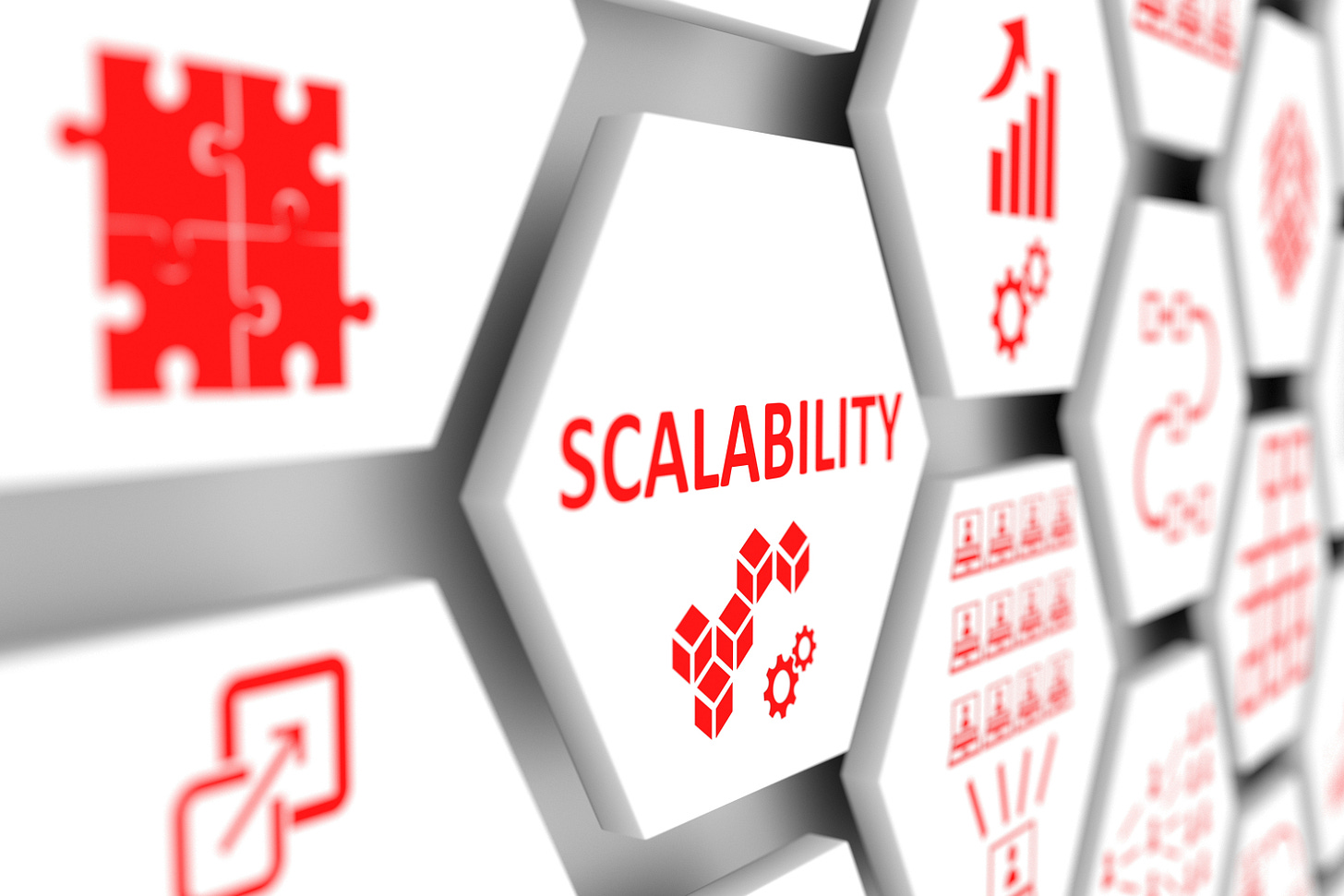We all know how crazy the fees are in Ethereum.
No need to regurgitate everything we already know. It is evident that Ethereum is limited on throughput, yet established projects aren’t moving away.
Judging from present events, intensive dApps are ready to port over to scaling solutions but still root back to the mainnet. Therefore, the prospects of them moving out and establishing themselves elsewhere looks slim to none.
Ethereum is king.
It reminds one of Denzel Washington’s signature line in the epic crime drama American Gangster: “Blue magic, it’s a brand name.”
In the dApp world, Ethereum is DeFi, NFTs, and everything in between. It’s a brand name. Everything else is a “Red Magic”—and whether it will last is doubtful.
The crypto world has no allegiances.
At the moment, though, the Ethereum world is fixated on Arbitrum. Its developers, Offchain Labs, heeded Vitalik Buterin calls and are launching ahead of Optimism though they began development later.
The team also received $120 million on launch day in a Serie B funding round where Mark Cuban participated. What’s more, there is a long list of crypto funds, including Lightspeed Ventures backing the Layer-2 solution.
Mark Cuban thinks Ethereum would be a force only if fees were lower. He puts his hand where his mouth is, walks the talk, and is part of the solution. From an investor’s angle, this is a massive endorsement of Ethereum and Arbitrum.
Let’s also not forget that Ed of Offchain Labs is “straight outta the White House,” and he chose Ethereum.
For those wondering how Arbitrum is differentiated from Optimism, the simplified answer is in the details. Arbitrum seeks to ease the mainnet—and not ironically clog it with intensive fraud-proof resolution—by finding the exact point of disagreement over the transaction history. Optimism, on the other hand, is adopting a more holistic approach to fraud detection. This could possibly, in the months ahead, strain the underlying network.
Optimistic Rollups, as the name suggests, is “optimistic.” That is, Arbitrum and Optimism rely on validators to be trustworthy and publish valid transactions. If there are doubts, these two provide a challenge one week period.
However, note this though, if validators collude to approve a wrong transaction, it would be included in a block and verified. Enhancements looking to resolve this inherent flaw—choices had to be made—are via ZK-Rollups. Smart contracts implementation is a challenge, but the development team could crack this by December this year.
Because of Arbitrum style of fraud detection, the solution is rapidly gaining traction, presently locking over $2 billion in TVL. Besides, there are tier-1 DeFi projects already launching on Arbitrum. Aave, Alchemy, AnySwap, DODO, Coinbase Wallet, and many more are already live. Soon, Uniswap might also launch on Arbitrum.
But for folks looking to tap on Arbitrum near perpendicular surge in TVL, is there a token to invest in?
No.
Arbitrum had to issue a fraud alert on the same.
It seems like folks are getting scammed, buying fake Arbitrum tokens, and breaking their bank accounts.
To clarify, any Layer-2 using Rollups as their core technology won’t be minting their tokens. In Optimism and Arbitrum’s cases, their smart contracts reside in Ethereum. As such, they don’t actually use their currencies like Polygon (a sidechain). Instead, they rely on ETH for Gas payment.
While there is no way ordinary investors can make money from Arbitrum, at least they can transact cheaply, saving thousands of dollars every week. Arbitrum is highly scalable, and by bundling transactions Offchain and confirming them every six minutes or so, DeFi users and active Ethereum users who have bridged to Arbitrum are having an awesome time.
The only concern, for now, is the possibility of censorship and even the unlikely scenario of the developer “running away” with billions. This is a decentralization question that must be addressed.
To execute, Arbitrum utilizes a sequencer to batch transactions. This sequencer is centralized. Therefore, it can be used to censor transactions, though the user remains in control of funds and can at any time exit back to the mainnet.
Additionally, the entire Arbitrum smart contract is upgradable to allow future refinements on further cost reduction and much more—WITHOUT time delays. It means the Arbitrum development team, can at present, decide to do whatever it wants—even locking the billions of assets under their control—and messing up everyone.




It's really nice that someone is trying to develop etherium, I'm sure after 2.0 is released, the number of etherium users will increase exponentially. In the meantime, I recommend you to watch the American Gangster movie you gave as an example. It's a really impressive and heartwarming movie.
You've explained it nicely. The Ethereum network is a very well functioning network. I love his work.
But when I look at a network, I look at its speed and fee. So I don't arbitrarily use the Ethereum network. If I have to I'll use it.
Because my actions are small. If I had invested millions of dollars, I would have preferred the Ethereum network.
Ethereum is a really great brand and privilege. But the fees are annoying.
Thanks for the good article. A lot of things I'm curious about have answers. Thanks again.